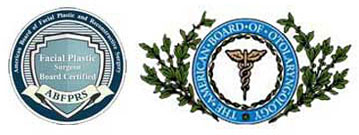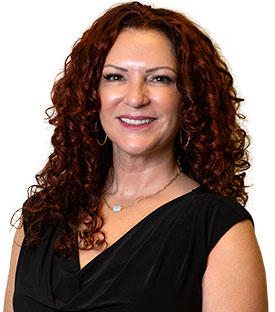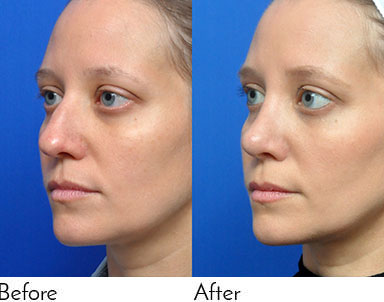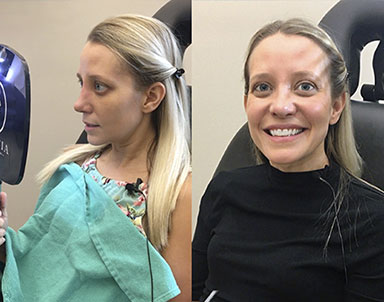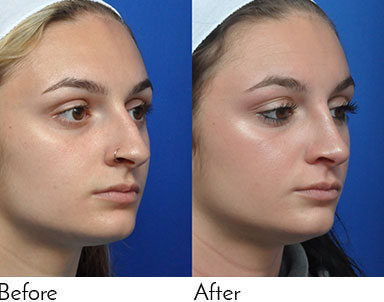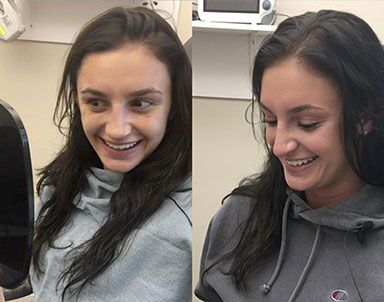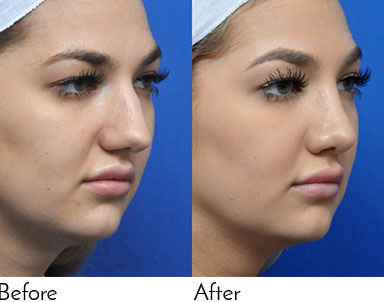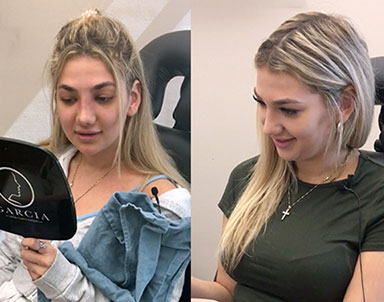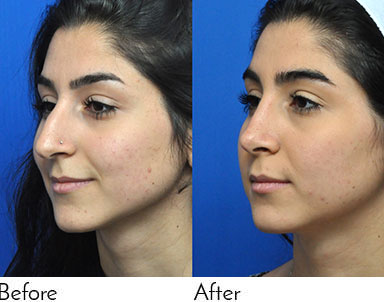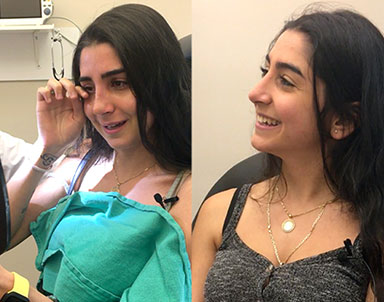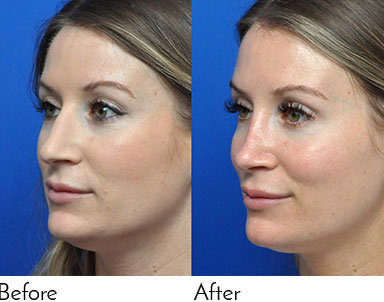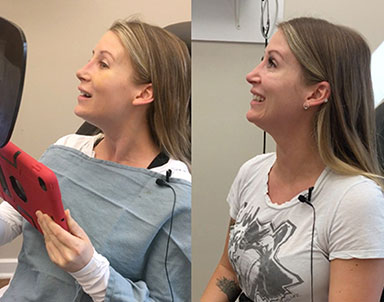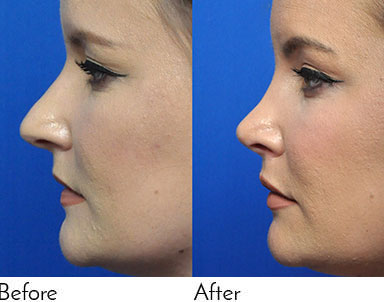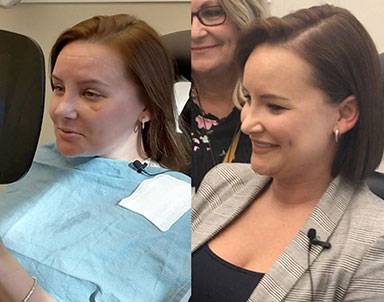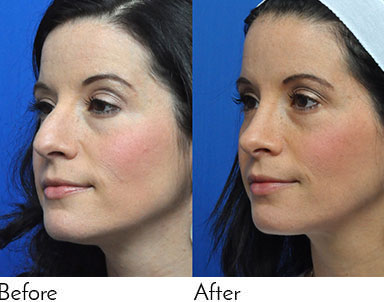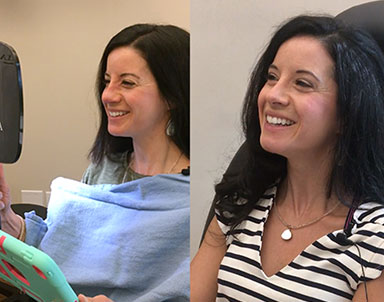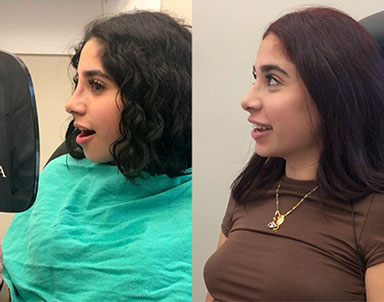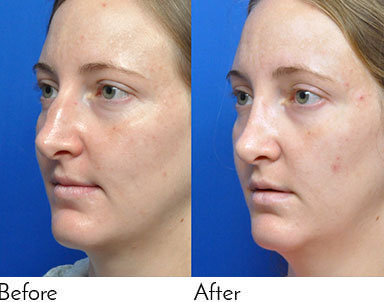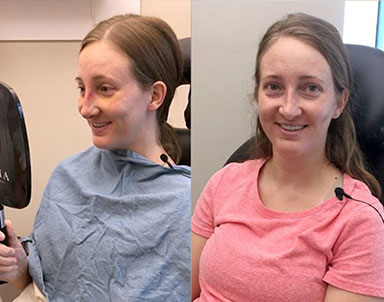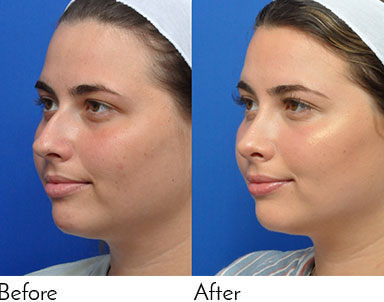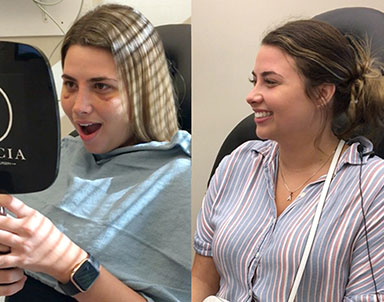Our skin is the largest organ and protects our bodies from harmful bacteria, viruses, airborne contaminants and other environmental pollutants, as well as the effects of sunlight. Because skin cancer is so common in Jacksonville, Ponte Vedra Beach, Orange Park and Lakeside, thanks to our active, outdoor lifestyles, it is important to be screened for skin cancer regularly. If you are diagnosed with skin cancer or suspect that you may have it, double board-certified facial plastic and reconstructive surgeon Dr. Phillip Garcia of Garcia Facial Plastic Surgery can provide a proper diagnosis, followed by compassionate, safe and effective treatment.
The body’s largest organ, our skin, performs the job of protecting our entire body. Because of this, it is imperative that you take steps to keep your skin healthy.
Skin tissue is composed of two layers, and there are several types of skin cells. The outer layer of skin cells is called the epidermis, and it is made up of three cell types: Squamous cells are flat, scaly cells on the surface of the skin; basal cells are round cells in the epidermis, and melanocytes are the cells that provide pigment and protect the skin from external damage. The innermost layer of skin is called the dermis and contains the skin’s blood vessels, sweat glands, and nerves.
What is Skin Cancer?
Skin cancer is diagnosed when malignant cancerous cells are found in the outer layer of skin. The most common type of skin cancer is basal cell carcinoma, which accounts for about 70 percent of skin cancers. Squamous cell carcinoma is another type of skin cancer, affecting about 20 percent of all skin cancer patients. Melanoma, the most deadly form of skin cancer, is far less common.
What are Types of Skin Cancer?
- Basal cell carcinoma: (cancerous tumor) characterized by a small raised bump that may have a pearl-like appearance, basal cell carcinoma occurs most frequently in areas of excessive sun exposure, such as the nose. This type of cancer may spread to surrounding skin, but not to other parts of the body.
- Squamous cell carcinoma: characterized by a firm red bump that doesn’t heal, squamous cell carcinoma also appears typically on areas of the skin that are exposed to excessive sunlight. Both basal cell and squamous cell carcinomas commonly appear on the nose, forehead, hands and upper lip. Squamous cell carcinomas are dangerous because they may spread to the lymphatic system, which in turn can spread the cancer to the rest of the body.
- Melanoma: is a type of skin cancer that shows up in the coloring of the skin. Melanomas typically appear as moles or other types of lesions in the skin. Melanoma often appears as a mole with an irregular shape, irregular borders or a variation in colors. Melanomas are the most dangerous types of skin cancers because, untreated, they may spread to the lymph nodes and other parts of the body. Fortunately, melanomas are easily treated when detected early and treated immediately.
What Causes Skin Cancer?
During your consultation, Dr. Garcia will explain the various types and causes of skin cancer. Most skin cancers appear on parts of the body that receive the most sun exposure. Hence, scientists believe that there is a link between UV radiation and skin cancers. People with fair skin are more likely to develop skin cancer, and family medical history also seems to play a role in risk factors. People whose parents or grandparents had skin cancer are more likely to contract it as well.
How is Skin Cancer Diagnosed?
Although the word “cancer” causes instant fear, most skin cancers are actually easily treated if caught in the early stages, with a very high success rate. By regularly noting changes in your skin and seeing a doctor regularly, you can avoid any real danger from this disease.
Some of the early signs of skin cancer are:
- Skin sores that don’t heal
- Bumps in the skin that grow larger
- Moles that change shape, color or size
If you notice any of these changes in your skin, contact Garcia Facial Plastic Surgery for a screening. Dr. Garcia can determine what further actions you should take. Most spots on the skin can be removed on the spot in our office. Dr. Garcia uses a local anesthetic, and will examine and perform a biopsy to arrive at an immediate diagnosis.
How is Skin Cancer Treated?
Dr. Garcia is an expert in the most advanced treatments for skin cancer, and he will evaluate your condition and your general health. Some of your choices may include surgery, radiation therapy, and/or chemotherapy.
Surgery is the most common and effective skin cancer treatment. The surgery is usually performed in our office using a local anesthetic. Dr. Garcia will remove the lesion and leave the entire area cancer free. Mohs surgery is the most common procedure used because it provides the most successful results. Mohs surgery removes the cancerous skin while causing the least amount of damage to the area being excised. If a large area is removed, skin may be grafted from another part of the body to the surgical area to promote healing. The area is then sutured with tiny stitches. In cases of melanoma, Dr. Garcia will typically test your lymph nodes for cancer to make sure the melanoma has not spread, using a procedure known as a sentinel lymph node biopsy. Patients who have melanoma may need to receive chemotherapy and take drugs to protect the immune system if the melanoma has progressed. Radiation therapy may also be recommended to treat skin cancer in some situations. Cases of non-melanoma skin cancer require no chemotherapy.
Am I At Risk for Skin Cancer?
There are many factors that may increase your risk of contracting skin cancer, including:
- Excessive or long-term exposure to the sun
- Fair skin
- Blonde or red hair with freckles
- Living in southern climates
- Having moles
- Use of tanning devices
- A history of severe sunburns
- Presence of non-healing lesions or nodules in the skin
If you suspect you may be at risk for skin cancer, contact Dr. Garcia right away. Detecting skin cancer early gives you the best advantage in terms of successful treatment.
How Can I Lower My Risk of Skin Cancer?
The most important thing you can do to reduce your risk of contracting skin cancer is to protect your skin from exposure to direct sunlight and UV radiation. Direct exposure to the sun’s ultraviolet rays, also known as UV rays, damages skin cells. If you work outdoors in direct sunlight, you are at an increased risk of developing skin cancer. People who work outdoors between 10 a.m. and 2 p.m. have the highest risk of developing skin cancer because the sun’s rays are strongest at this time. If you must be exposed to the sun during these hours, it is imperative that you use a sunscreen and protect your skin as much as possible. We recommend wearing long sleeves and a wide-brimmed hat to protect your face, scalp, neck and ears from the mid-day sun and its harmful UV rays. Use an effective sunscreen to protect any areas of skin that must remain exposed. Observe and monitor your skin for changes and immediately inform Dr. Garcia immediately. Early detection is the key to successful treatment of skin cancer.
Garcia Facial Plastic Surgery is the leading facial plastic surgery center on the First Coast. As a double board-certified facial plastic and reconstructive surgeon, specializing solely in cosmetic facial procedures, Dr. Phillip Garcia provides his North Florida patients with exceptional skills and results that last. For more information on skin cancer treatment or to schedule a consultation at our convenient location in Jacksonville (Town Center), please contact us today.



